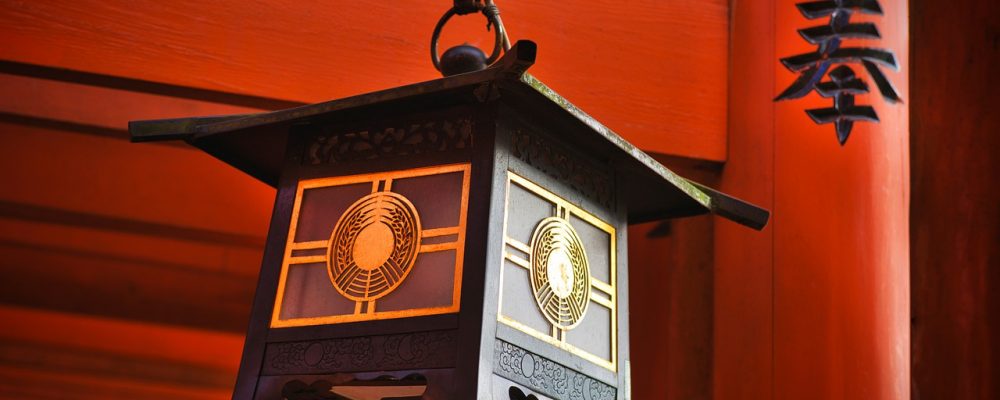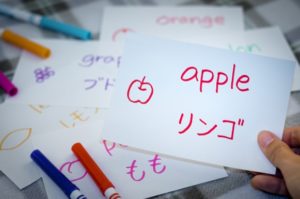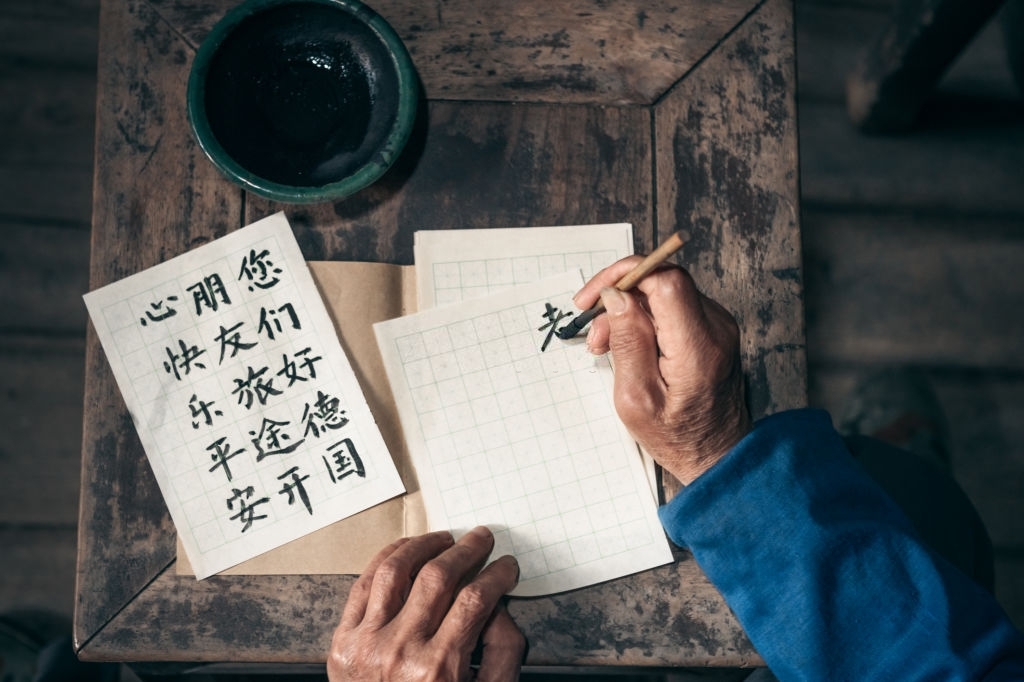While Japanese and Chinese are obviously completely different languages, they have some similarities that can make them easier to learn. Here are five of the similarities between the two languages.
Written Systems
One of the biggest similarities between Chinese and Japanese is their written languages.
Japanese uses kanji, which is a written form of the language that uses characters that were actually adapted from a Chinese written system called hanzi in the 5th century.
Kanji is one of the three Japanese writing systems that exist today but it was the first one ever established.
When kanji was initially adapted, the corresponding hanzi character was simply applied to the same word in Japanese which means that today many words are the exact same in both languages as far as the written systems go.
Because of this factor, many Japanese written words can be pronounced in two ways which can make studying the language quite complicated at first!

Questions
A big similarity between Chinese and Japanese is the way questions are asked – you would simply add a modifier word to the end of a sentence to change it into a question.
For example, in Japanese, you would tell someone they are busy by saying:
“Anata wa isogashī”
In comparison, if you want to ask someone if they are busy, you would add the word “ka” to the end of the phrase.
“Anata wa isogashī ka”
It works the same way in Chinese, but the modifier word is “ma”.

Plural Forms
Both Japanese and Chinese don’t use plural words the way English does. In English you’ll add an “s” to the end of a word to indicate multiples – for example, “cups” instead of “cup”.
In Japanese and Chinese you would instead use other words before or after the noun to add context and modify the meaning without actually touching the word itself.
Numerical System
The way you write numbers is the same in both Japanese and Chinese.
It’s also quite similar to the way numbers are written in English as far as structure goes and the biggest difference is that both Japanese and Chinese have a specific word and therefore a special character for “ten thousand”.
Honorifics
Japanese and Chinese culture both place quite an emphasis on the use of honorifics which is reflective of social norms.
It’s similar to the way someone may call someone “Sir” at first in English and then change to using the person’s name once they achieve some level of familiarity but the English language does not emphasize this as much as Japanese and Chinese.
Familiarity with social and cultural norms can help you guess how to properly address someone.
If you’re interested in learning Japanese, Chinese, or both, consider checking out Mingo Space! You can start with a beginner lesson, or book a free level test if you’ve studied before.
You’ll be learning with one-on-one lessons from experienced native speakers who can really teach you the basics of the language as well as help you practice applying what you know to real life situations.
Check our courses now!
More Articles

How Learning a Second Language Can Help with Your Career Growth
Explore the potential benefits of learning a second language for your career growth. Learn how it can increase your competitive edge in the job market.

Best Way to learn the Malay language for Beginners
Discover the best way to learn the Malay language for beginners with our comprehensive guide. Learn the basics of Malay language for beginners here!

Is Basic Japanese Easy to Learn?
Find out if basic Japanese is a good fit for you, and how much time and effort is required to get started here!

